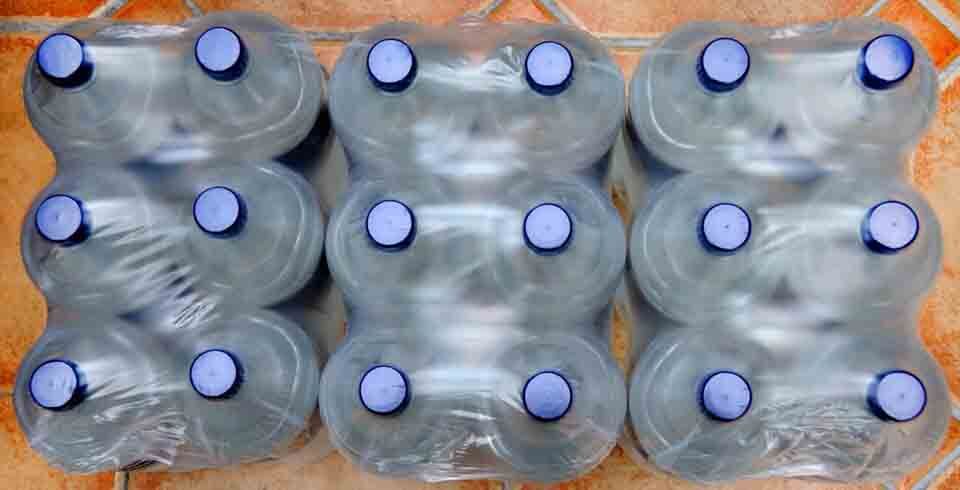Bottled Water Can Contain 250K Pieces Of Microplastics, Scientists Say

Microplastics and the invisible nanoplastics prevalent in bottled water have been identified and categorized by scientists for the first time. After the disconcerting discovery of an average of close to 250,000 tiny plastic pieces per liter in the water, the researchers cut their use of bottled water.
Using a microscope with dual lasers, this research is the first of its kind. With the world drowning under the weight of plastic pollution, over 430 million tonnes of plastic is still being produced annually. Microplastics are found in the world’s oceans as well as in food and drinking water. Some of these particles come from clothing and cigarette filters – according to the United Nations Environment Programme. Despite the size and implications of the problem, efforts for a global plastics treaty continue after talks around a global plastics treaty got bogged down in November, but are continuing.
Scientists figured out there were lots of microscopic plastic pieces floating around some time ago, but the current study hasn’t been undertaken before. Until researchers at US universities Columbia and Rutgers did their calculations, researchers had no idea how many or what kind of plastics were in bottled water.
The National Academy of Sciences’ proceedings on Monday were revealing. Studying five samples from three of the most common bottled water brands, the researchers found particle levels ranging from 110,000 to 400,000 per liter, with the average being approximately 240,000 bits per liter.
Representing plastics manufacturers, the American Chemistry Council declined to immediately comment.
What Are Nanoplastics?
Tiny particles less than a micron in size, nanoplastics have 25,400 microns in an inch-sized grain. Microns are also called micrometers because they measure a millionth of a meter. To compare, a human hair is about 83 microns wide.
Past research looked at slightly bigger microplastics ranging from a visible 5 millimeters (less than a quarter of an inch) to one micron. In the current study, around 10 to 100 times more nanoplastics than microplastics were found in the tested bottled water.
Disturbingly, a lot of the plastic found in the water seems to be coming from the bottle itself as well as the reverse osmosis membrane filter used to keep out other contaminants, according to the lead author in the study, Naixin Qian- a Columbia physical chemist. However, researchers are still not in a position to answer the important question: are nanoplastic pieces harmful to health?
Ongoing Research Into Nanoplastics in Bottled Water
One of the other co-authors of the study, Phoebe Stapleton- a toxicologist at Rutgers, confirms that they know that the particles are getting into the tissues of mammals, including people, but that is currently under review. Current research is looking at what the nanoparticles are doing in the cells.
The International Bottled Water Association issued a statement confirming that there is currently a lack of standardized measuring methods and also no scientific consensus on the potential health effects of nano- and microplastic particles. They declined to comment, saying that, “Media reports about these particles in drinking water do nothing more than unnecessarily scare consumers.”
Independent experts praised the study, agreeing that there’s a general unease about the perils of fine plastic particles, but indicate that it’s still too early to be certain. Lead study author Naixin Qian refused to reveal the three brands as more samples must be tested, and more brands included before they single out a brand. Qian did however indicate that the tested brands were common and bought from the US supermarket chain Walmart.
Another co-author in the study, Beizhan Yan- a Columbia environmental chemist increased his tap water usage, pointing out that filters themselves can be a problem by introducing plastics. Wei Min, the Columbia physical chemist who pioneered the dual laser microscope technology, has reduced his bottled water use by half.

Comments are closed.